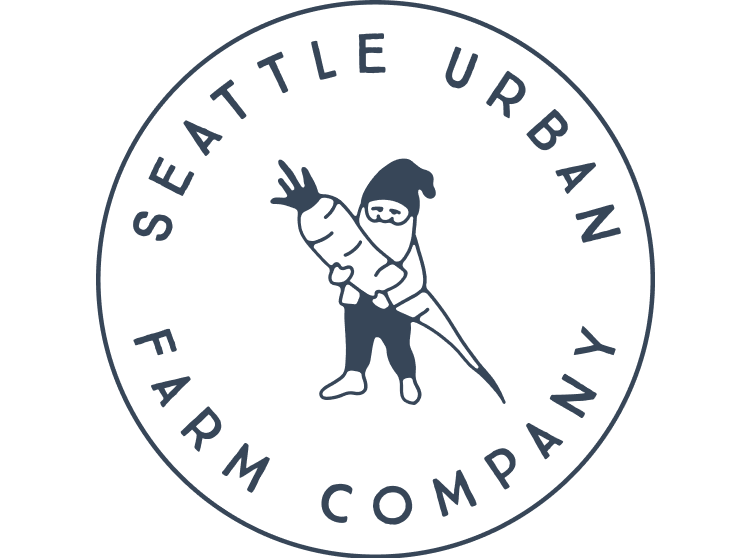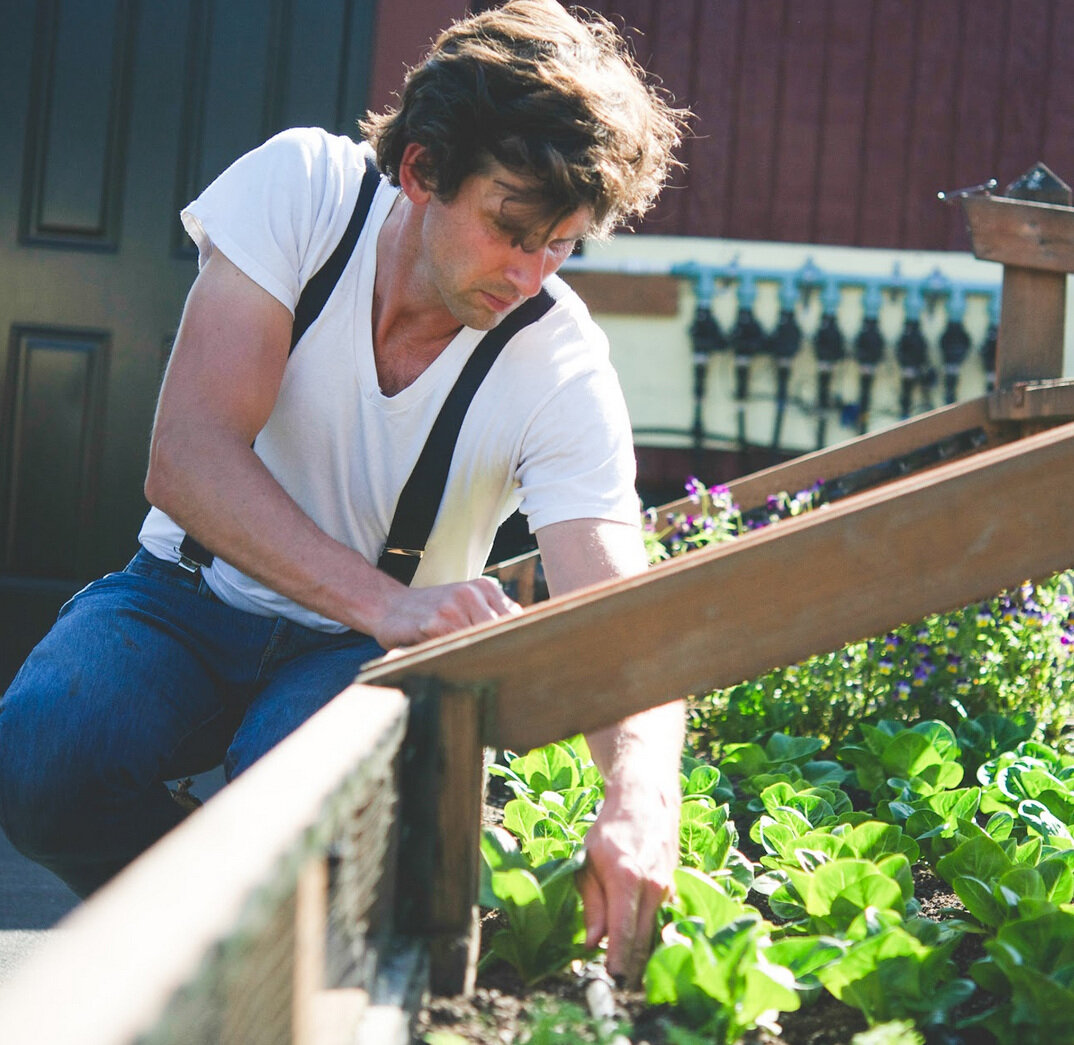It’s mid August, the time of year when, in many climates, peppers are starting to ripen. So, I want to talk a little about how to know when your peppers are ready to harvest. We’ll also discuss a little bit of the science behind pepper’s characteristic heat.
The plants that we refer to as “peppers” are part of the plant genus Capsicum. Peppers are part of the same broader plant family commonly referred to as “nightshades” which also includes tomatoes, potatoes and eggplant.
Cross-pollination between peppers happens in nature and through breeding efforts to create pepper new strains. This breeding has resulted in an astounding range of more than 3,000 known varieties of Capsicum, with new varieties continuing to emerge every year.
Peppers originated in Central America and these original wild peppers have been domesticated into hundreds of sweet and hot varieties. Generally speaking, bell and hot pepper plants like the same growing conditions- namely hot, sunny, dry weather.
Most gardeners are surprised to find out that green bell peppers are not necessarily a crop in themselves but merely unripe bell peppers that will eventually turn yellow, orange, red and sometimes even purple. Similarly, all hot peppers will eventually turn from green into a rainbow of bright, ripe colors, depending on the variety.
Both sweet and hot peppers can be eaten at all stages of growth but are typically most flavorful when mature and fully ripe. Most peppers start out green and very often do not turn colors until late in the season and the different cultivars vary drastically in size and shape.
So this begs the question, how do you know when to pick your peppers?
It should be noted that some varieties of sweet and hot peppers are traditionally picked when still green. Common examples would be jalapenos, anaheims and your ubiquitous green sweet bell pepper. There is absolutely nothing wrong with picking peppers green, and sometimes your planned use will dictate the desired level of ripeness. Sometimes you may find that you simply have to pick some of your peppers while still green due to weather conditions, such as an impending cold front or excessive rains.
Dried Cayenne peppers - Cayenne's picked green will mature to red while drying.
Given the huge number of varietals available, the first step in your process should be to simply identify the variety and research its mature size and color, which should be easy to track down from your seed supplier or just through an online search. Once you know the name and characteristics of the mature fruit, you can start to consider how you might use the peppers and look into recipes and recommended uses for that specific type. Some peppers are best eaten fresh and underripe, some are best when fully ripe, others are typically grown to be dried or ground into a traditional hot sauce. Chances are that your peppers can be used in a number of different ways, but the key is really to just learn about its characteristics and make a plan for when to harvest.
Padrone peppers are traditionally harvested green.
When thinking about pepper ripeness, you may also consider its level of spiciness. These days, it isn’t uncommon to hear people talk about the relative hotness of peppers in terms of Scoville Units. The Scoville scale was created to allow accurate measurement of the pungency of peppers. Their heat and location on the scale is determined by the capsaicin concentration in the fruit. Capsaicin is a compound within the peppers that makes them taste hot.
Obviously, the spiciness of peppers can vary widely, from totally sweet bell peppers to extremely hot types like ghost peppers and habanero; and everything in between. Cultivated varieties are selected for higher or lower levels of capsaicin. Bell peppers are cultivated varieties that have been selected for low capsaicin content, rated as zero on the Scoville scale; and ghost peppers for the highest level possible, rated upwards of a million on the same scale. As a point of reference, Jalapeno peppers rate about 2,500 on the scale.
It’s theorized that peppers and other plants with high levels of capsaicin have evolved this compound as a protective measure against being eaten by mammals or attacked by various fungi in the wild. Interestingly, birds have receptors that are insensitive to capsaicin so they are able to help spread the seed.
In garden circles, it is generally accepted that pepper plants will perform best and create the hottest fruits if they are exposed to dry, hot weather. However, some peppers growers have hypothesized that exposure to extra moisture may induce a pepper plant to increase its capsaicinoid production. The idea being that the plant will produce more of this compound in order to fight off potential fungal diseases during periods of rain or high humidity.
If this is true, it would suggest that plants grown in wetter conditions would produce spicer fruit. At this point, it is somewhat unclear how much evidence of this behavior has been scientifically documented, but it certainly seems worth taking note of.
I do know that last summer we had really really warm weather for our region, and the peppers we grew for our clients were very productive. I grew a handful of padrone plants in my garden and was roasting them all summer long and eating them whole. When fall came around, it started to rain a bit earlier than normal and the peppers kept producing late season fruits. I found that these fruit were significantly spicer. We received similar reports from a few of our restaurant clients last fall, clearly anecdotal evidence and not at all conclusive, but interesting nonetheless.
As pepper fruit ripens, this process also triggers capsaicin production; again, this likely serves as a way to stave off fungi and protect the maturing seeds inside.
It seems likely that, starving the plants of water, as typically suggested, stresses the plant slightly, forcing the fruit to ripen more quickly and increasing the production of capsaicinoids. This same concept is often applied to tomatoes and wine grapes, wherein many growers reduce water to the plants during fruiting in an effort to speed up ripening and increase the intensity of flavor within the fruit.
Well, I hope this has been a helpful primer on pepper ripeness. Thanks for listening and I’ll see you next week!





